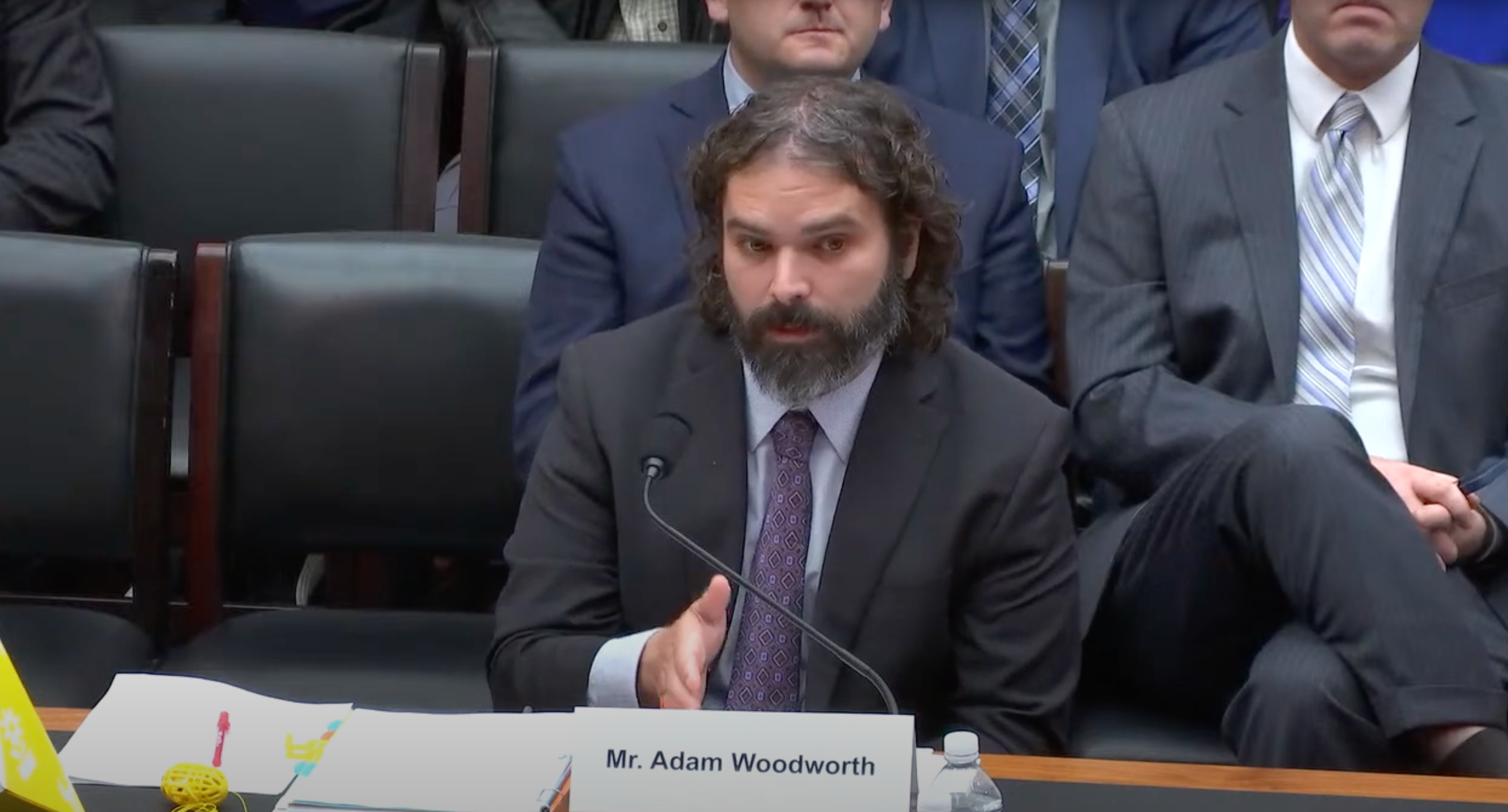March 31, 2023
A critical moment has arrived for U.S. aviation policy
A recording of the hearing is available here:
When I was asked during the hearing what is hampering the industry, I compared the current situation to being a student that’s trying to take a test without being told the subject. We’re happy to do the work and earn the grade, but right now we don’t know if we’re walking into a biology test or a spelling bee.
The FAA Reauthorization process is an opportunity that only comes around every few years, when Congress can assist the FAA and shape the future of how our shared airspace is regulated. The FAA is full of very intelligent, hard-working and well-intentioned people, but the current UAS approval framework produces unpredictable timelines and confusing or even contradictory guidance. This is a critical moment for the industry, and that’s why I’m happy to see these discussions underway in the nation’s capital, as lawmakers work toward real progress.
The panel of witnesses during Thursday’s hearing demonstrates the many ways uncrewed aviation at scale could provide real, tangible benefits to communities. There are hospital systems that are looking to modernize the way they move life-saving supplies between facilities, and police departments using drones to assist officers in the line of duty. Drones are also an important pathway for people to onramp into the aviation industry at large without the traditional barriers to entry. I think Chairman Garret Graves put it well in his opening remarks when he said, “We cannot allow the opportunities that these technologies provide to our constituents to be stifled by endless red tape, and requests for more data and studies.”


